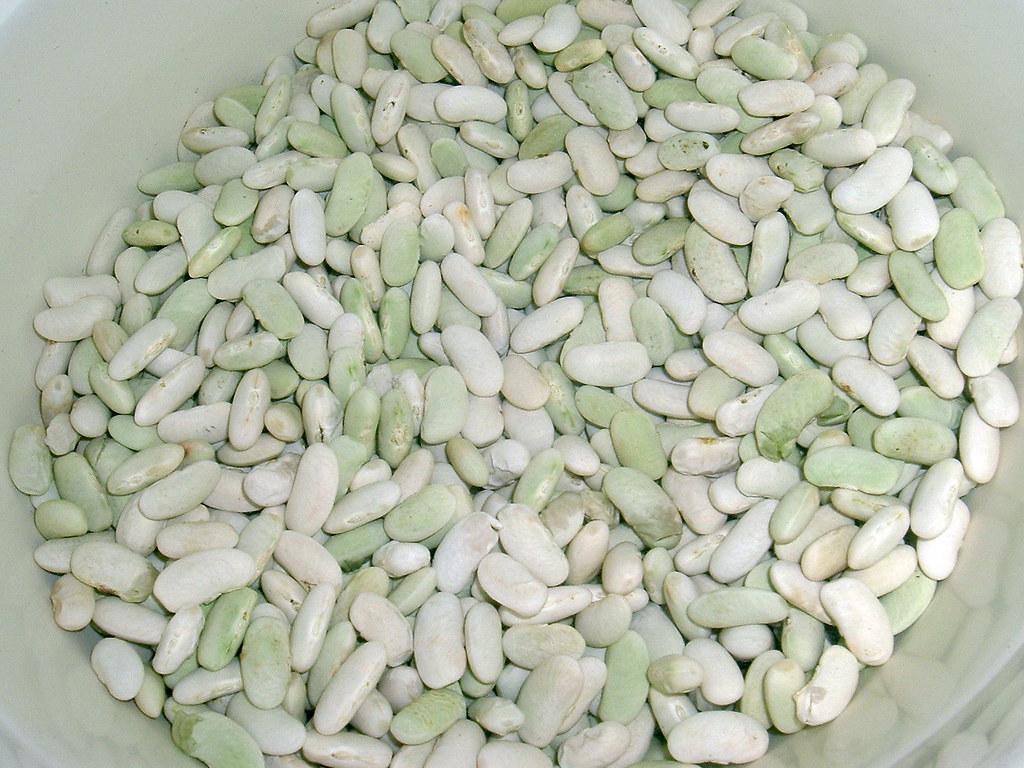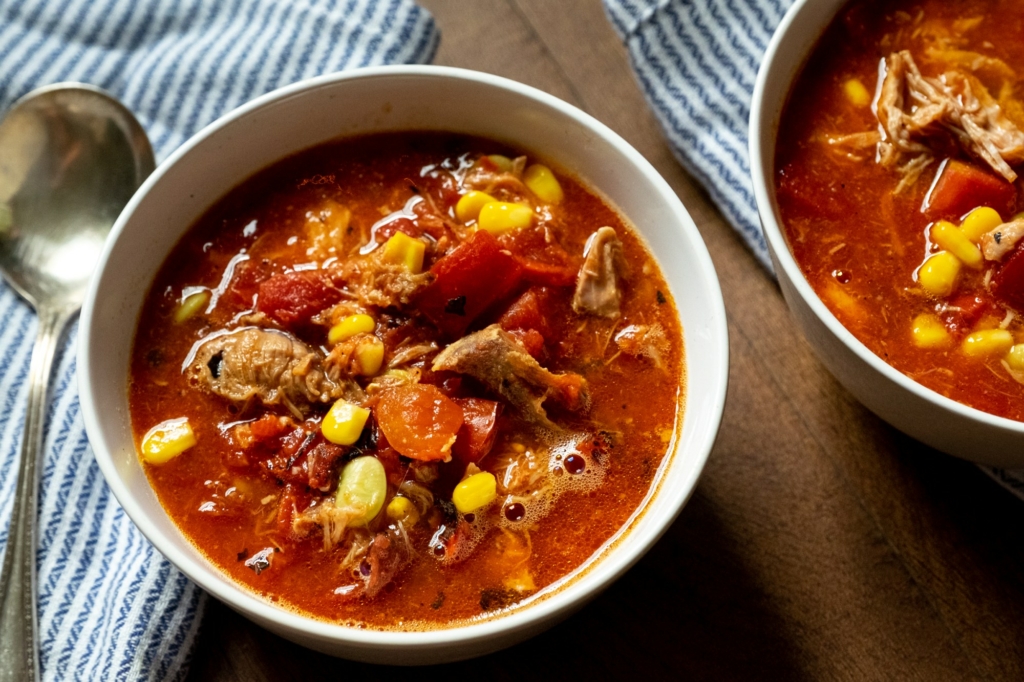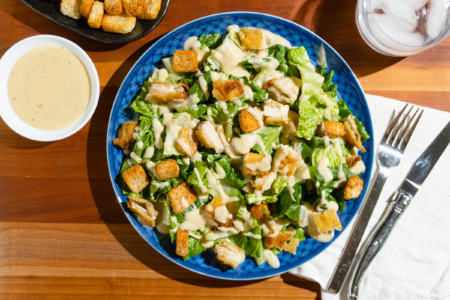Francophiles may get a little bit testy with our article title because flageolet is pronounced “fla-zho-lay”, but we feel these beans deserve all of the flag waving fanfare. Read on to find out why and discover some delicious recipes for your new favorite beans.
Bean Best in Show
If you’re new to the bean scene, flageolet beans are a staple in classical French cuisine. They’re primarily grown in France (with smattering of small commercial crops grown in California) and a fixture in spring and early fall recipes (think lamb dishes and hearty cassoulets). Because of their limited regional growing and availability, flageolets tend to be pricier than your average bean. Their limited availability makes these beans very in demand and coveted by gourmands across the globe.
Fresh flageolet beans, the most desired of these in demand beans, are harvested in August and September. Like other bush and pole bean varieties (such as kidney beans, lima beans, white beans), flageolets are grown in tough fibrous pods. Unlike their common cousins, flageolet beans are harvested before they reach full maturity when the pods are not quite dry, giving the beans a light green color and small kidney shape.

Dried flageolet beans are much more accessible. They still retain the unique coloring as well as that delicate flavor and creamy texture. Canned flageolet beans do exist, but in limited quantities. There are high end varieties like with these flageolet beans cooked in goose fat.
Cooking Flageolet Beans
Like most dried beans, pre-soaking allows for more even cooking and better texture. You can use the long, cold-soak method in which you cover the beans in cold water, plus an additional 3 inches of water to account for bean rehydration, and let the beans sit at room temperature for 6-8 hours. Or you can employ the quick hot soak method. Place beans in a large pot of cold water, bring the water to a boil, cover, and let the beans soak at room temperature for 2-3 hours. After the soak (either cold or hot), cook the beans to tender perfection.

We at Suvie always recommend soaking and cooking your dried beans before proceeding with our following recipe suggestions.
Now, for the delicious part: the recipes! When we get our hands on flageolet beans, we love using them in slow cooking applications (flageolets are pretty robust and can handle some rougher culinary treatment), especially slow cooking recipes like cassoulet, bean-themed side dishes, soup, and stews.

Feature Image: Flickr user G3’s Maria ( CC BY-NC-SA 2.0 )



